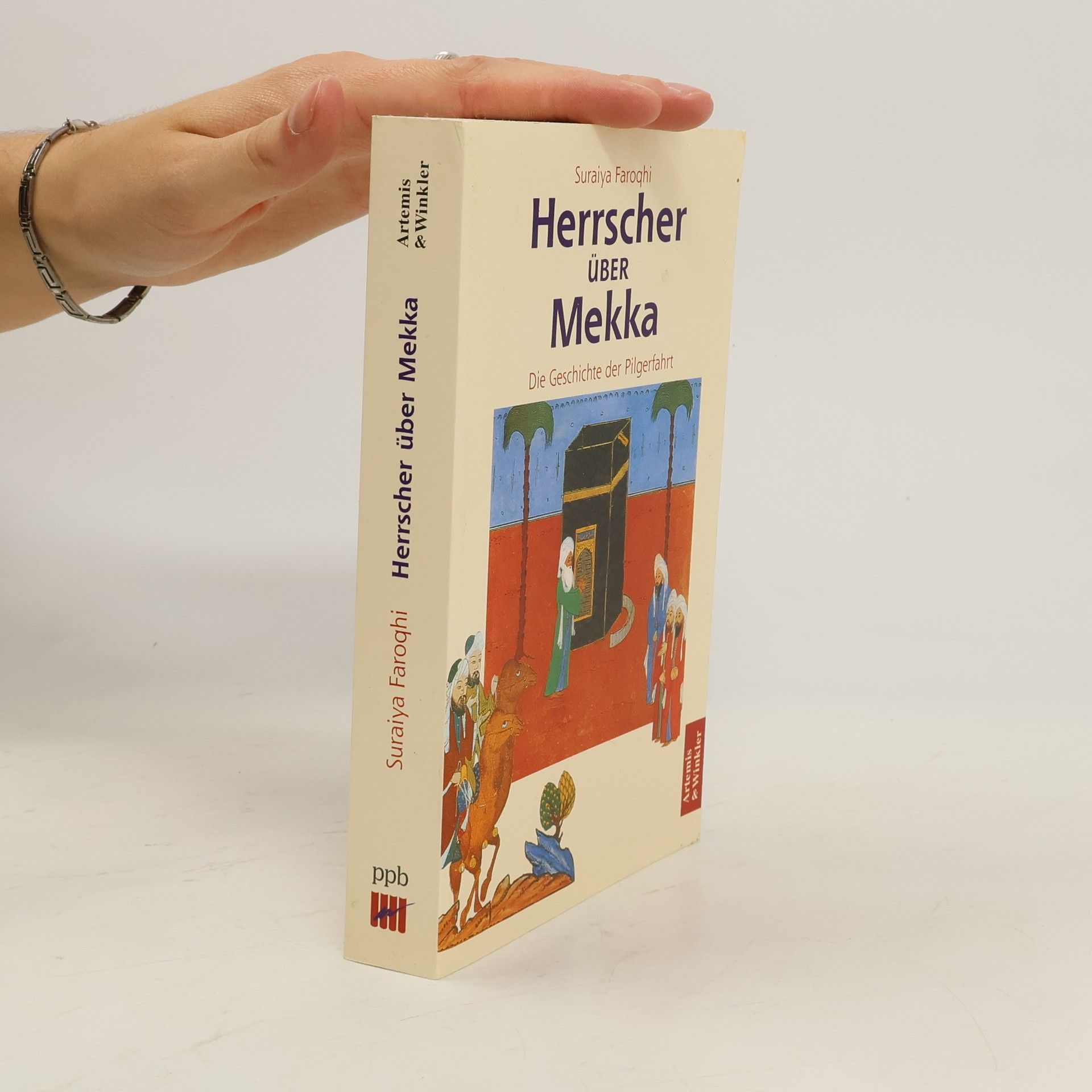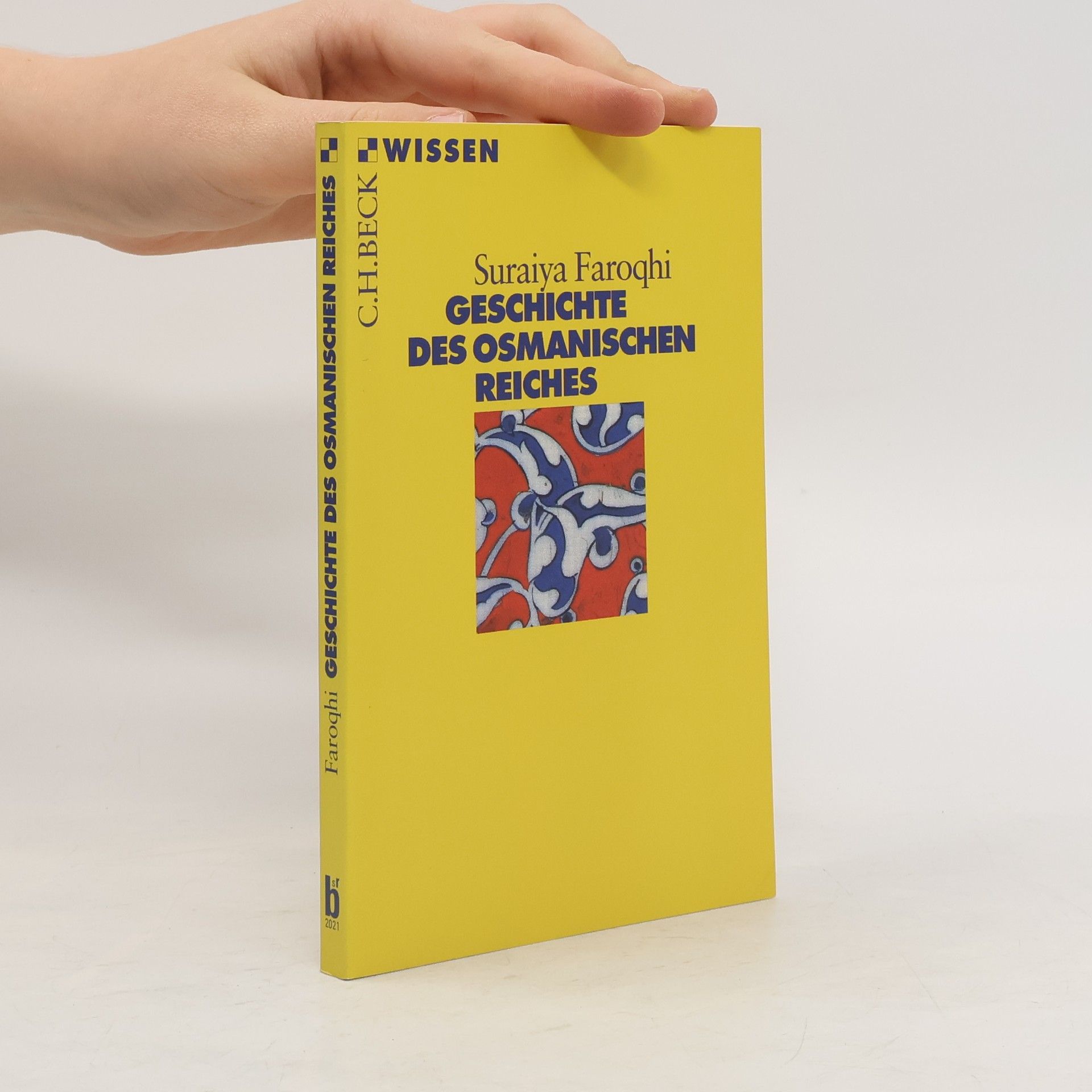Suraiya Faroqhi Reihenfolge der Bücher
Suraiya Faroqhi gilt als eine der bedeutendsten Wirtschafts- und Sozialhistorikerinnen des Osmanischen Reiches. Ihre Arbeit konzentriert sich maßgeblich auf die osmanische Stadtgeschichte, Kunsthandwerk und die bisher unterrepräsentierte Welt der einfachen Menschen im Reich. Faroqhi ist bekannt für ihren unverwechselbaren Ansatz bei der Darstellung des osmanischen Alltagslebens und der öffentlichen Kultur. Ihre zahlreichen Publikationen zur vormodernen osmanischen Geschichte bieten einzigartige Einblicke in das Leben der Menschen dieser faszinierenden Epoche.






- 2023
- 2004
The Ottoman Empire and the World Around it
- 304 Seiten
- 11 Lesestunden
Demonstrates that there was no iron curtain between the Ottoman and other worlds but rather a long-established network of diplomatic, financial, cultural and religious connections. This book is based on a study of several sources, including diplomatic records, travel and geographical writing, as... číst celé
- 2002
Men of Modest Substance
House Owners and House Property in Seventeenth-Century Ankara and Kayseri
- 292 Seiten
- 11 Lesestunden
The book explores the social, economic, and cultural dynamics of two contrasting towns in Anatolia, utilizing historical documents from the kadi registers. It provides insights into local governance, community interactions, and the impact of regional differences on daily life. Through detailed analysis, the study highlights the unique characteristics and historical significance of each town, offering a rich understanding of Anatolian society in a specific historical context.
- 2000
Geschichte des Osmanischen Reiches
- 127 Seiten
- 5 Lesestunden
Suraiya Faroqhi schildert knapp, kenntnisreich und lebendig die Geschichte eines der mächtigsten Reiche des späten Mittelalters und der Neuzeit, das noch zu Ende des 19. Jahrhunderts das gesamte Gebiet der heutigen Staaten Türkei, Irak, Syrien, Libanon, Israel sowie Teile Griechenlands umfaßte. Die Darstellung folgt der Chronologie der politischen Geschichte vom 14. Jahrhundert bis zur Auflösung des Reiches nach dem Ersten Weltkrieg und bezieht dabei die Geschichte von Wirtschaft, Gesellschaft und Kultur überall gleichwertig ein. Achtung: Aus lizenzrechtlichen Gründen dürfen die Abbildungen in diesem eBook leider nicht wiedergegeben werden.
- 1999
Suraiya Faroqhi's scholarly contribution to the field of Ottoman history has been prodigious. Her latest book represents a summation of that scholarship, an introduction to the state-of-the-art in Ottoman history. In a compelling exploration of the ways that primary and secondary sources can be used to interpret history, the author reaches out to students and researchers in the field and in related disciplines to familiarise them with these documents. By considering both archival and narrative sources, she explains why they were prepared, encouraging her readers to adopt a critical approach to their findings, and disabusing them of the notion that everything recorded in official documents is necessarily true! While the book is essentially a guide to a complex discipline for those about to embark upon their research, the experienced Ottomanist will find much that is original and provocative in its sophisticated interpretation of the field.
- 1997
An Economic and Social History of the Ottoman Empire. Vol. 2. 1600-1914
- 643 Seiten
- 23 Lesestunden
A major contribution to Ottoman history, now published in paperback in two volumes.
- 1995
Kultur und Alltag im Osmanischen Reich
- 402 Seiten
- 15 Lesestunden